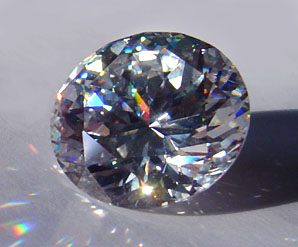If you collect coins, stamps, sports cards, or any other type of memorabilia, then you know that storing it and displaying it is a big part of the hobby. Preserving your collectibles will help them to retain their value, stay in mint condition, and showing it off to all of your family and friends! Conserving your collectibles does not have to be complicated or even expensive. The following tips will help you preserve whatever collectibles you have.
The most important part of storing collectibles is making sure they stay out of light, as it can damage and harm all sorts of collectibles, especially if they are made of wood, paper, or textiles. The colors in fabrics, such as shirts, can fade, and materials can be dried out. Old film, for example, degrades over time, and if exposed to light, the chemical reaction is sped up and can damage it sooner than expected.
Humidity is another factor that can affect your collectibles. Antique acoustic guitars, for example, should be kept in particular temperatures, and the dryness of the air can play a factor in storage. For most things, however, it is important to keep a good balance. Room temperature is always a good as most things will be preserved in a moderate climate. Paintings, for example, can become brittle and destroyed if you leave it in an area that is too dry, but if it is too humid, then metals and other objects can spawn rust and mold.
Cleaning your collectibles can be a hassle and potentially damaging if you do not know what you are doing. A reputable collectibles dealer, such as the Coin Galleries of Oyster Bay, can give you expert advice and equipment on cleaning your valuable collectibles so they will be worth something for years to come!



